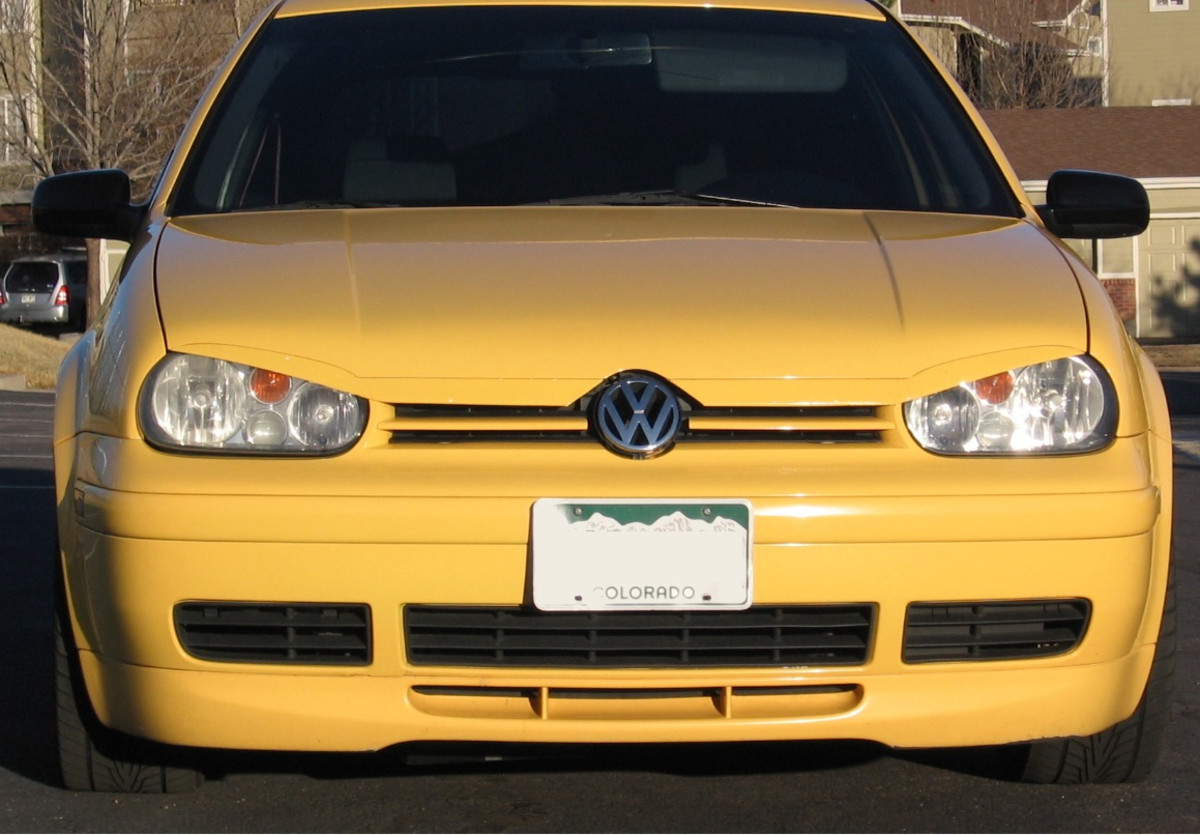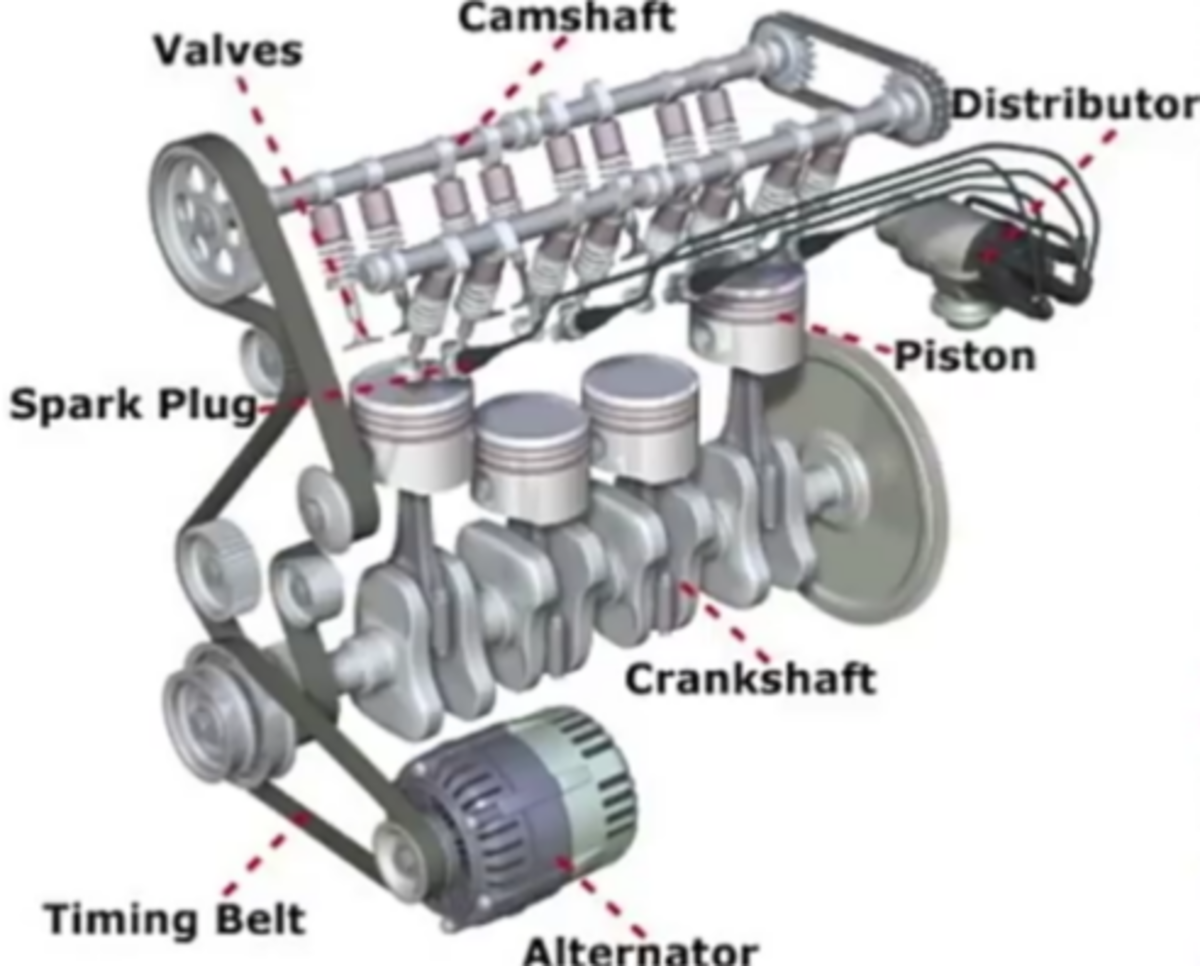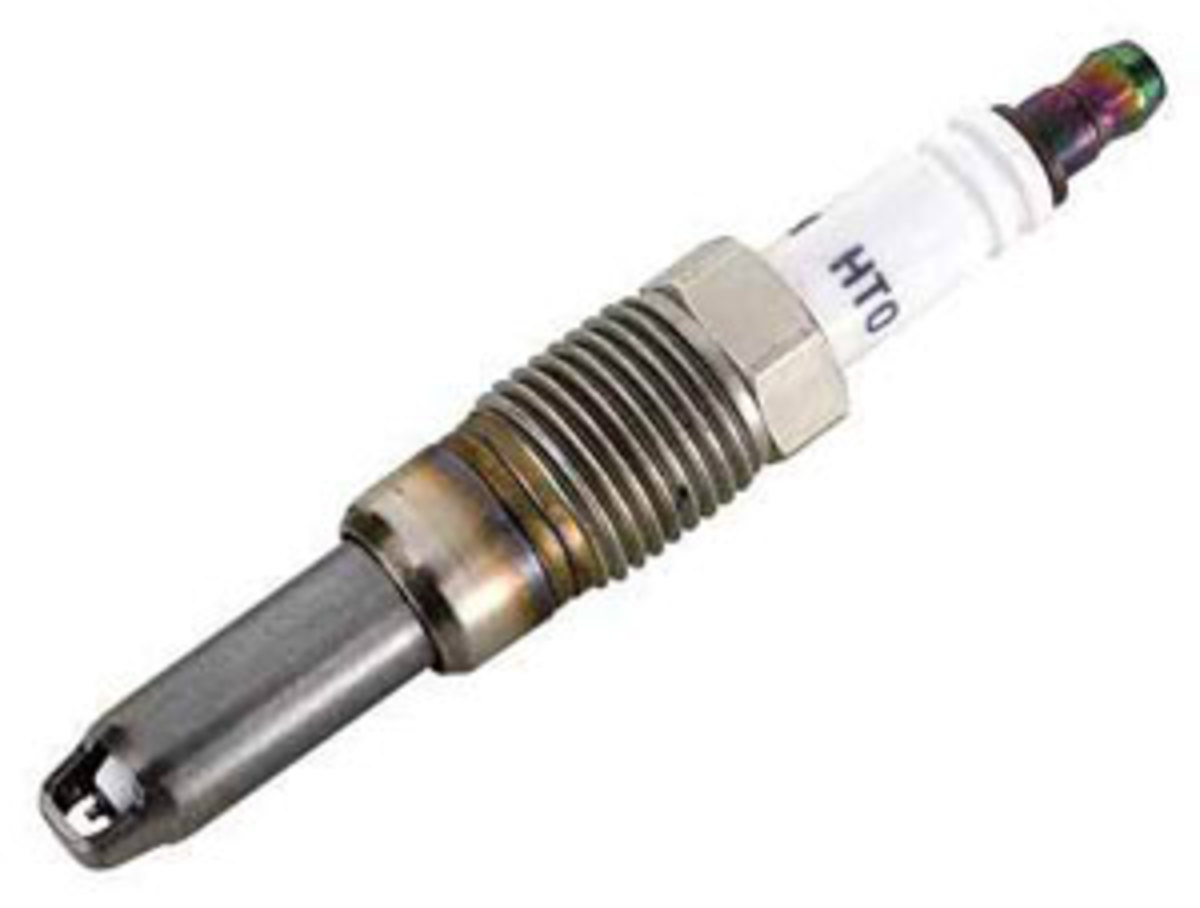How to find common car problems by sound and save money on auto repairs.
Troubleshooting car problems.
Does your car make some strange noise, but only on the first start-up?
Do you hear a sound coming from somewhere under the car or from the wheels when you drive along the road?
To a mechanic, these noises or sounds are signs of common car problems. They can expertly troubleshoot auto problems by recognising what those weird sounds mean. This knowledge is gleaned from hundreds of test drives in all types of cars they are repairing.
Here are a few that apply mostly to cars with a high mileage, but can happen to any car.
Some sounds will be louder on the passenger side, or come from the rear of the car.
Sound that come from the rear are usually brake noise or wheel bearings on front wheel drive cars, and differential whine can be added for rear wheel drive cars. You will notice the sound will be louder on one side.
Remember when looking for suspension noises the passenger side suspension works harder and gets more damage than the drivers side, due to it being on the side nearest the road edge where all the potholes and gutters are.
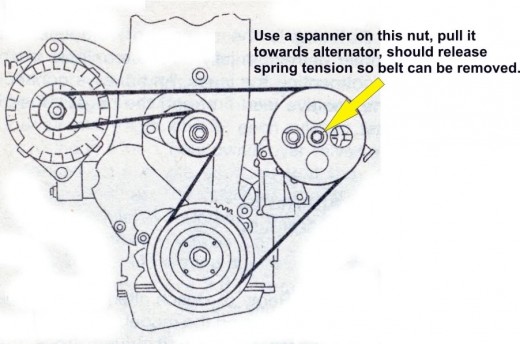
Alternator Belt tensioner
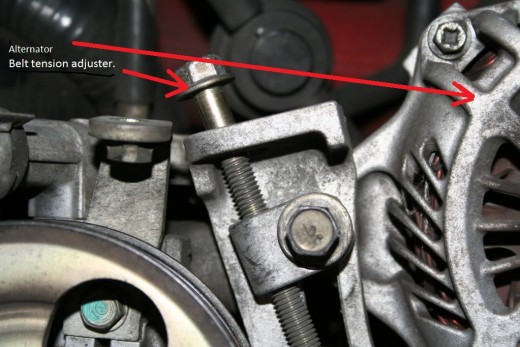
V belt driving alternator
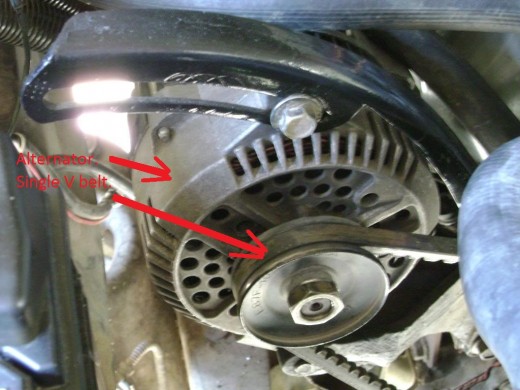
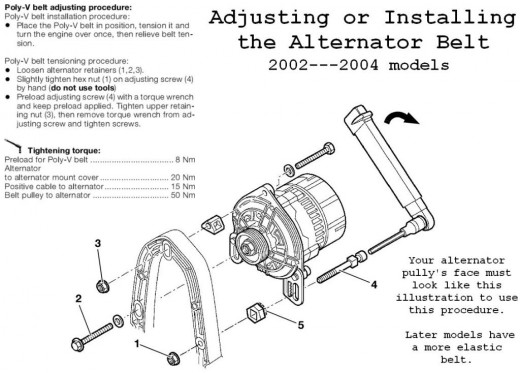
A high pitched screaming sound when you rev the motor cold.
If this sound mostly goes away when you drive for a while, or when the engine is idling without accelerator being pressed. It changes with the engine revs.
-
Most likely.
A loose alternator drive belt.
This noise happens most often when an older car has been standing for a while and the battery is a bit flat, as the alternator is trying to draw a lot of electricity to fill the battery it will put a lot of load on the belt, and if loose, it will slip especially on first start up when the car is cold.
Don't worry you will know the sound. It is high pitched and loud! I think the word "screaming" is the best description.
If the belt is even a bit slack it will make this noise every time you rev the motor quickly when you start up cold in the morning. If it has one of those skinny V belt drive like the one in the photo it should be inspected for any signs of cracking on the inside, or any frayed appearance.
If one belt drives the alternator and everything else as well you can take the opportunity to check the bearing in the water pump, alternator or power steering pump.
- With the belt off, you can turn all the driven items by hand to ensure they spin freely and don't make any grinding noises.
- You can also grasp the pulley in your hand, wiggle it to see if there is any up and down movement at all. Check the water pump bearing, the alternator, the power steering pump all the same way.
If there is no up and down movement or noise it is likely that everything is OK, and even someone who is non mechanical can avoid serious problems by doing this check. That is proper preventative maintenance.
To repair yourself.
1. Loosen the alternator mounting bolts, move the alternator until it is fully loose, allowing you to remove the belt.
2. Examine the belt for cracks or fraying.
3. Examine the pulleys for excessive wear.
4. Replace/refit the belt to the alternator.
Adjustment the belt so that it is a little tight. This only takes around 10 minutes with a good set of tools. All bolts must be tightened to specs in your manual.
Serpentine belt.
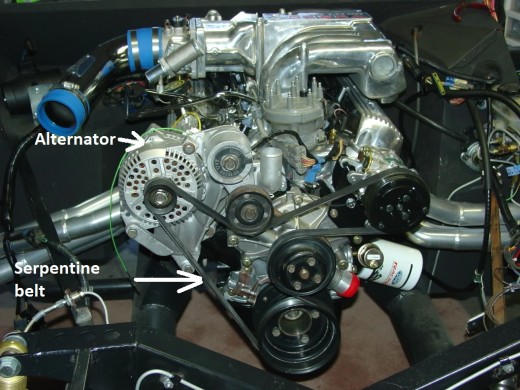
Serpentine belt.
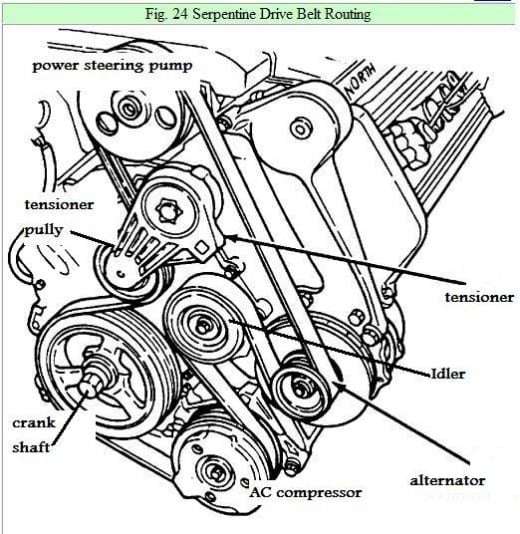
Serpentine belts.
A serpentine belt is often used to drive everything off the one belt. They usually have a spring loaded tensioner to keep the belt tight.
If a serpentine belt drives your alternator it is unlikely to make the screaming noise unless completely worn out and the tensioner no longer working due to extreme belt stretch.
This is a major problem, as if the belt breaks........ your car cannot be driven without any of the driven components working, as:
- The engine will overheat.
- the air-conditioning won't work.
- the battery will not charge.
If this belt breaks when you are driving, you will see a lot of warning lights!
Stop the car straight away to avoid damage.
If this belt is worn out, it is easy to replace if you use this trick.
- Take a digital photo or a set of photos showing the way the belt is running under and over the pulleys before you remove it.
- Loosen the tensioner to remove and replace the belt.
A grinding noise coming from the engine.
A worn out water pump bearing can be the culprit here.
It is a
constant rumbling sound that changes with engine revs. You will
usually see a few drops of radiator fluid leaking from the water pump
housing when the bearing goes, it usually takes the seal with it. Look
under the car in the morning for a few drops of coloured watery fluid,
usually bright green.
Check
the rest of the cooling system, it may be badly serviced. Seals often
go first when there are particles in the cooling fluid through missed
service intervals.
- a seized
alternator bearing. This is easy to spot, as is any noisy belt driven
bearing as you will hear where the sound is coming from. If it is
seized you will see it not turning the pulley that drives it. Usually a
change over service is available for all of the belt driven components
on your cars engine, or repair yourself if you know how.
A constant whining noise that changes with engine revs.
- A
disconnected vacuum line.
This can be a caused by a few things, some related to a sloppy or bad last service. Any vacuum line that has not been replaced carefully and routed correctly can fall off. Some mechanics take short cuts and don't bother to ensure the routing of these small hollow vacuum tubes which allows them to be partially closed or fall off their connection.
It makes a constant whistling noise at idle, and you need to check all those tiny rubber lines to see they are all connected. You will see a place to re-attach it close to where it ends. Often the air cleaner has to be removed to see where the rubber tube came from, but not too technical.
Power steering pump.
A worn out or empty (if leaking it probably is worn out) power steering pump.
A worn or empty pump makes a whining noise when you turn the steering, it may also make a constant noise from a damaged bearing which is a rumbling sound when the car is stationary and the steering wheel is not moved so the pump is not being used.
Other noises and sounds
- Troubleshooting car suspension problems from noises ...
An unusual noise or sound coming from your car when you are driving usually means one thing. Money! Before you rush off to the dealership or workshop mechanic to troubleshoot the problem, consider this. ...

